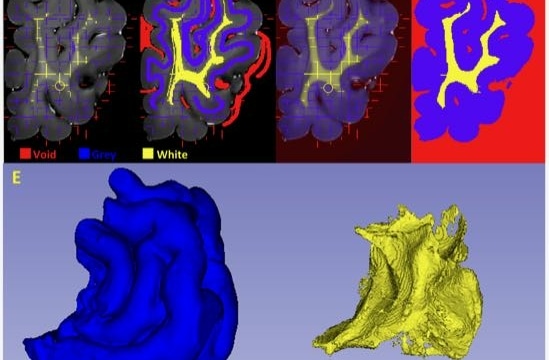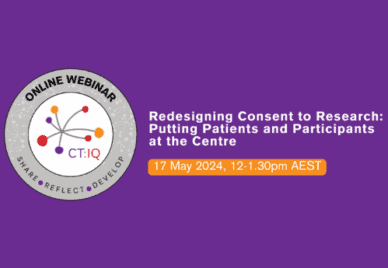
Dr Nathanael Yates is a big fan of CVL.
The Australian Research Data Commons’ co-funded Characterisation Virtual Laboratory (CVL) is a free, cloud-based virtual desktop workbench that makes translating complex images and microscopy data into accessible information simple and fast. It gives researchers access to timely data, allowing them to run and modify experiments and other research activities in real time.
Nathanael is a postdoctoral research fellow at the Asia-Pacific Centre for Neuromodulation in the Queensland Brain Institute.
His recent research, which started while he was at the University of Western Australia, School of Human Sciences, involves investigating different medical therapies for premature infants with diseases and the impact different drugs have on brain structure.
His work involves brain characterisation in magnetic resonance imaging (MRI) which requires extensive computer capacity.
“CVL gives me access to high speed computing power that I wouldn’t otherwise have had,” Nathanael said.
“I can work on it anywhere; from home or in my office. It’s really user friendly, is regularly updated and has great storage capacity. I have all my projects stored on CVL, so it’s also great for managing time.”
The CVL streamlines the integration of imaging instruments with specialised high-speed computing. As a result, remote desktop users — who may be working in facilities without large computing capacity and may not have sophisticated computing skills — can get the data they need, in an easy to use format.
Nathanael recently completed a study which involved using high field MRIs to assess the neurological safety of a drug designed to promote lung development in preterm infants with severe lung disease. Using high-quality MRIs, which require high levels of computing, allowed detection of brain lesions that weren’t otherwise evident.

His research has been put into practice, giving doctors more confidence about the safety of using these drug therapies on preterms.
The CVL was an essential tool for the research. It also proved to be quite useful logistically.
“I moved to a different university partway through the project,” Nathanael said. “It allowed me to continue working seamlessly.”
Although he now has access to the University of Queensland’s extensive computer systems at the Brain Institute, Nathanael prefers using CVL for his new projects, which include investigating how infections in the womb affect brain development and studying how mental illness impacts connections in the brain.
Categories
Research Topic
Related Case Studies






